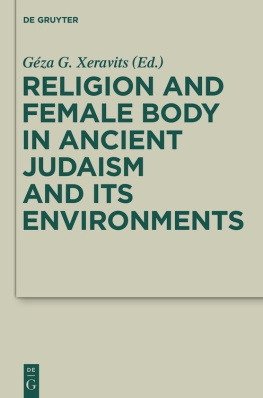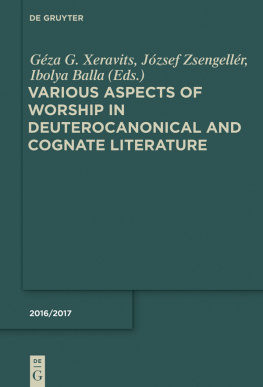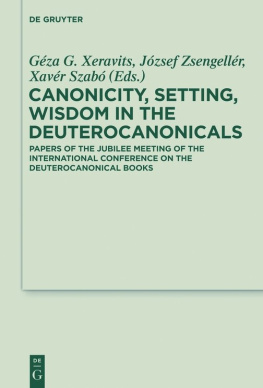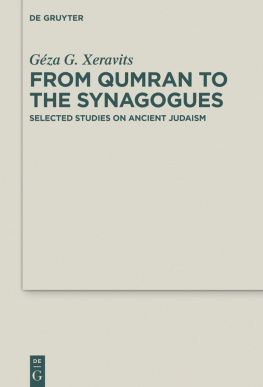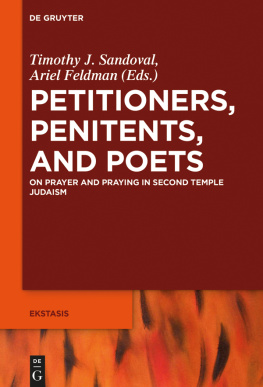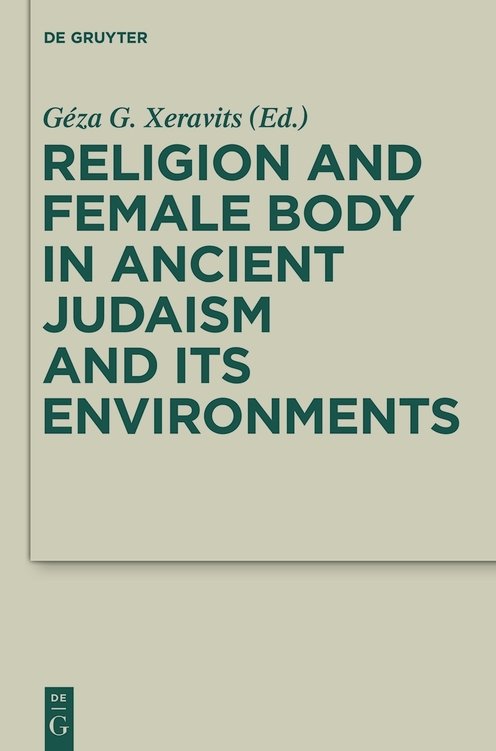Rka Esztri and dm Vr
The Voices of Itar
Prophetesses and Female Ecstatics in the Neo-Assyrian Empire
Abstract: On the basis of cuneiform sources, we try to analyse the role of prophecy in general in the Mesopotamian tradition, and of prophetesses and female ecstatics (ass. raggintu and mahhtu ) in particular in the Neo-Assyrian royal court (in the seventh century B.C.). The first part of this paper focuses on the ideas and rules applied to and made them members of a religious community, the institutional framework of the temple of Itar, in the second part we intend to examine the political decision-making systems of the Neo-Assyrian Empire and define the proper place of prophetesses and other diviners within this structure.
Keywords: Mesopotamian Prophecy; Neo-Assyrian Period; Prophetesses, Devotees of Itar; Liminality
Rka Esztri: Pzmny Pter Catholic University, Piliscsaba Budapest, Hungary
dm Vr: Etvs Lornd University, Budapest, Hungary
In the course of our study on Neo-Assyrian prophecy, we did not intend to concentrate on the most commonly asked questions concerning Ancient Near Eastern prophetic literature. Therefore we investigated the phenomenon of Mesopotamian prophetism outside the context of its various alleged or attested parallels, its differences from or even connections with Biblical prophecy. Rather, we attempted to investigate those aspects of Neo-Assyrian prophecy which can be defined as essentially indigenous, Mesopotamian in nature.
By the time of the Neo-Assyrian Empire (912612 B.C.), the professional activity of prophetesses and female ecstatics looked back on a thousand years old tradition in the ancient Near East. Reports about their prophecies could be detected as early as the beginning of the second millennium B.C., in letters found in the city of Mari, on the banks of the Euphrates, today a main archeological site in Syria (Tell Hariri), from the 18th century B.C. Most Mari-texts were recovered in the archives of the famous royal palace, and can be dated approximately to the final decade of the reign of Zimr-Lm, the last king of the independent kingdom of Mari (c. 17771761 B.C.).
In these texts the most common term for a (so to say) professional prophet was pilum / piltum (fem.) which is derived from the verb aplu(m) , which means to answerso they were primarily designated as answerers. The other common designations were muhhm and its feminine counterpart muhhtum . These titles are derived from the verb mah(m), which literally means to become crazy, to go into a frenzy, so they refer to someone who reached an altered state of consciousness whereupon he or she received and transmitted divine messagesin other words, the latters were the designations of the ones we might call ecstatic prophets.
The text corpus of Neo-Assyrian prophecies dates to the reigns of the kings Esarhaddon (681669 B.C.) and his son and successor, Assurbanipal (668631 B.C.). In contrast to the already mentioned prophetic letters from Old-Babylonian Mari, the majority of extant Neo-Assyrian prophecies have not been preserved in an epistolary form, but rather in the form of oracle collections. Although in these collections the names of the oracle-giver prophets or prophetesses and their city of provenance were also included, there are no explicit references to the relevant historical circumstances. In this respect, they also differ from the Mari-textswhich were relevant only in connection with single historical events.
The common word for prophet in Neo-Assyrian times was raggimu / raggintu (fem.), which literally means shouter or proclaimer. Among the older terms, mahh /mahhtu (fem.) were still in use, although only in literary texts, where they were used as synonyms for the former ones.
The first part of this paper seeks to examine these professional prophets and prophetesses primarily as members of Mesopotamian society, and the ideas and rules that applied to them, in other words, tries to determine their proper place and roles within the Mesopotamian social matrix.
In this respect the first and most important preliminary statement has to be that prophets both in Old-Babylonian Mari and in Neo-Assyrian times were cultic functionaries, permanent members of certain temple communities. They were probably also housed within certain temples, temple complexes, which were in most cases dedicated to the goddess Inana/Itar. The fact that they were integrated to the official cult of this goddess and formed part of the peculiar religious community of her devotees is of prime importance relating both to their social andalbeit it may sound surprisingtheir gender role.
The phenomenon which we may properly call the genuine Mesopotamian tradition of prophetic activity is, as we will see, inseparable from its main source, namely the essential nature and capabilities of the most famous Mesopotamian goddess, Inana/Itar.
In Old-Babylonian Mari the most important local source of the oracles was the goddess Annuntum, a specific form of Itar,
The situation is similar, but even more unequivocal in Assyria. Here the prophets appeared as cultic devotees of Itar already in the Middle-Assyrian period,
In short, to define the proper social role of the Mesopotamian prophets and prophetesses, who were in most cases also cultic functionaries of the goddess Itar, moreover, to understand their connection to other members of the temple communities of this deity, and to her cult as a whole, and finally to shed light on the peculiar features that enabled or qualified them for functioning as a mouthpiece of the goddess, first it is reasonable to examine the proper character of their divine mistress herself. Considering that in some respects her devotees also impersonated her, we shall start by assessing the special qualities which, according to Mesopotamian concepts, empowered Inana/Itar herself to be, as was already said, the main source of the prophetic oracles of ancient Mesopotamia.
Mistress of HeavenMistress of Prophecy
Most prominently, her frequently pictured sexual allure was connected to a certain propensity to violence: she could be described as the most beautiful female creature, whether an alluring maiden or a temptress, while other texts stress over and over again her thirst for blood and her love of battle and carnage. According to the latter peculiarities, she is often represented in the visual arts as a female representative of a typically male role, as a fully armed warrior, the mistress of battle and warfare, whose play was the battleas it can be seen on the drawing in Fig. 1 below, based on a stone stele from the eighth century B.C., which depicts Itar of Arbela.
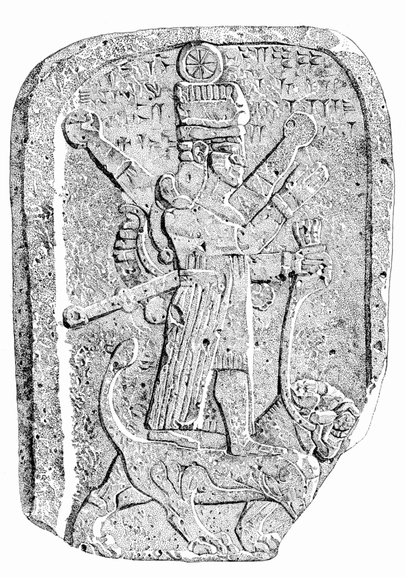
This heavenly Sumerian mistress was identified with the planet Venus. According to archaic texts from the city of Uruk, the foremost Sumerian cult center of Inana, we can distinguish between two distinct epiphanies of the goddess, namely Morning Inana (dInana-hud2) and Evening Inana (dInana-sig). Thus she was seen and worshiped as the planet Venus shining in the morning or in the evening sky respectively, and it is also clear from these archaic textual references that two different cults existed alongside for the Morning and the Evening Inana, that is, for the two distinct manifestations of the same deity. At this point it is tempting to connect this peculiarity with the following statements (although they stem from later texts from the first millennium) relating to her astral manifestations in question, because they highly correspond to the dual character of Inana/Itar mentioned above, that is, to her dual nature as goddess of love and of war.

